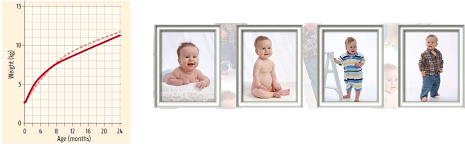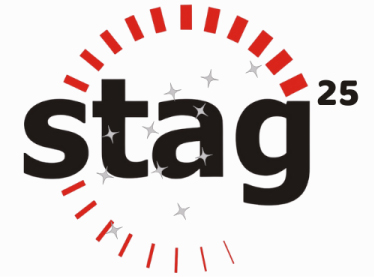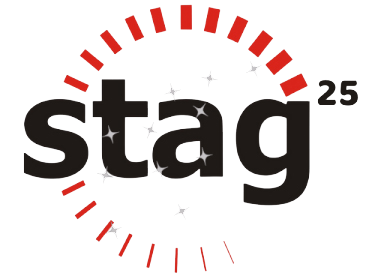Software testing is typically seen as yet another job to be done in the software development life cycle. It is typically seen as a clichéd activity consisting of planning, design/update of test cases, scripting and execution. Is there an element of beauty in software testing? Can we see outputs of this activity as works of art?
Any activity that we do can be seen from the viewpoints of science, engineering and art. An engineering activity typically produces utilitarian artifacts, whereas an activity done with passion and creativity produces works of art, and this goes beyond the utility value. it takes a craftsman to produce objects-de-art, while it takes a good engineer to produce objects with high utility value.
An object of beauty satisfies the five senses (sight, hearing, touch, smell and taste) and touches the heart whereas an object of utility satisfies the rational mind. So what are the elements of software testing that touch our heart?
Beauty in test cases
The typical view of test cases is one of utility– the ability to uncover defects, Is there beauty in test cases? Yes I believe so. The element of beauty in test cases in its architecture – “the form and structure”.
If the test cases were organized by Quality levels, sub-ordered by items (features/modules) then segregated by types of test, ranked by importance/priority, sub-divided into conformance(+) and robustness(-), then classified by early (smoke)/late-stage evaluation, then tagged by evaluation frequency, linked by optimal execution order and finally classified by execution mode (manual/automated), we get a beautiful form and structure that not only does the job well (utility) but appeals to the sense of sight via a beautiful visualization of test cases. This is the architecture of test cases suggested by Hypothesis-Based Immersive Session Testing (HyBIST).
Beauty in understanding
One of the major prerequisites and for effective testing is the understanding of the product and the end user’s expectations. Viewed from a typical utility perspective, this typically translates into understanding of various features and intended attributes. To me the aesthetics of understanding is the ability to visualize the software in terms of the internal structure, its environment and the way end users use the software. It is about ultimately distilling the complexity into a simple singularity–to get the WOW moment where suddenly everything becomes very clear. It is about building a clear and simple map of the various types of users, the corresponding use cases and technical features, usage profile, the underlying architecture and behavior flows, the myriad internal connections and the nuances of the deployment environment. It is about building a beautiful mental mind map of the element to be tested.
Beauty in the act of evaluation
Typically testing is seen as stimulating the software externally and making inferences of correctness from the observations. Are there possibly beautiful ways to assess correctness? Is it possible to instrument probes that will self assess the correctness? Can we create observation points that allow us to take better into the system? Viewing the act of evaluation from the aesthetic viewpoint, can possibly result in more creative ways to assess the correctness of behavior.
Beauty in team composition
Is there aesthetics in the team structure/composition? Viewing the team collection of interesting people – specialists, architects, problem solvers, sloggers, firefighters, sticklers to discipline and geeks etc. allows us to see the beauty in the power of the team. It is not just about a team to get the job done, it is about the “RUSH” that we get about the structure that makes us feel ‘gung-ho’, ‘can-do anything’.
Beauty in reporting/metrics
As professionals, we collect various metrics to aid in rational decision-making. This can indeed be a fairly mundane activity. What is aesthetics in this? If we can get extreme clarity on the aspects that want to observe and this allows us to make good decisions quickly, then I think this is beautiful. This involves two aspects–what we collect and how we present these. Creative visualization metaphors can make the presentation of the aspects of quality beautiful. Look at the two pictures below, both of them represent the growth of a baby.

The one on the left shows the growth of a baby using the dreary engineering graph, whereas the one on the right shows the growing baby over time. Can we similarly show to growth of our baby (the software) using creative visualization metaphors?
Beauty in test artifacts
We generate various test artifacts – test plan, test cases, reports etc. What would make reading of these a pleasure? Aesthetics here relates to the layout/organization, formatting, grammar, spelling, clarity, terseness. These aesthetic aspects are probably expected by the consumers of these artifacts today.
Beauty in the process
The test process is the most clinical and the boring aspect. Beauty is the last thing that comes to mind with respect to process. The aesthetic aspects as I see here is about being disciplined and creative, being detailed yet nimble. To me it is about devising a process that flexes, evolves in complete harmony with external natural environment. It is in the hard to describe these in words, it can only be seen in the mind’s eye!
Beauty in automation and test data
Finally on the aspect of test tooling, it is about the beautiful code that we produce to test other code. The beauty here is in the simplicity of the code, ease of understanding, modifiability, architecture and cute workarounds to overcome tools/technology limitations.
Last but not the least, aesthetics in test data is about having meaningful and real-life data sets rather than gibberish.
Beauty they say, lies in the eyes of the beholder. It takes a penchant for craftsmanship driven by passion, to not just do a job, but to produce object-de-art that appeals to the senses. As in any other discipline, this is very personal. As a community, let us go beyond the utilitarian aspects of our job and produce beautiful things.


